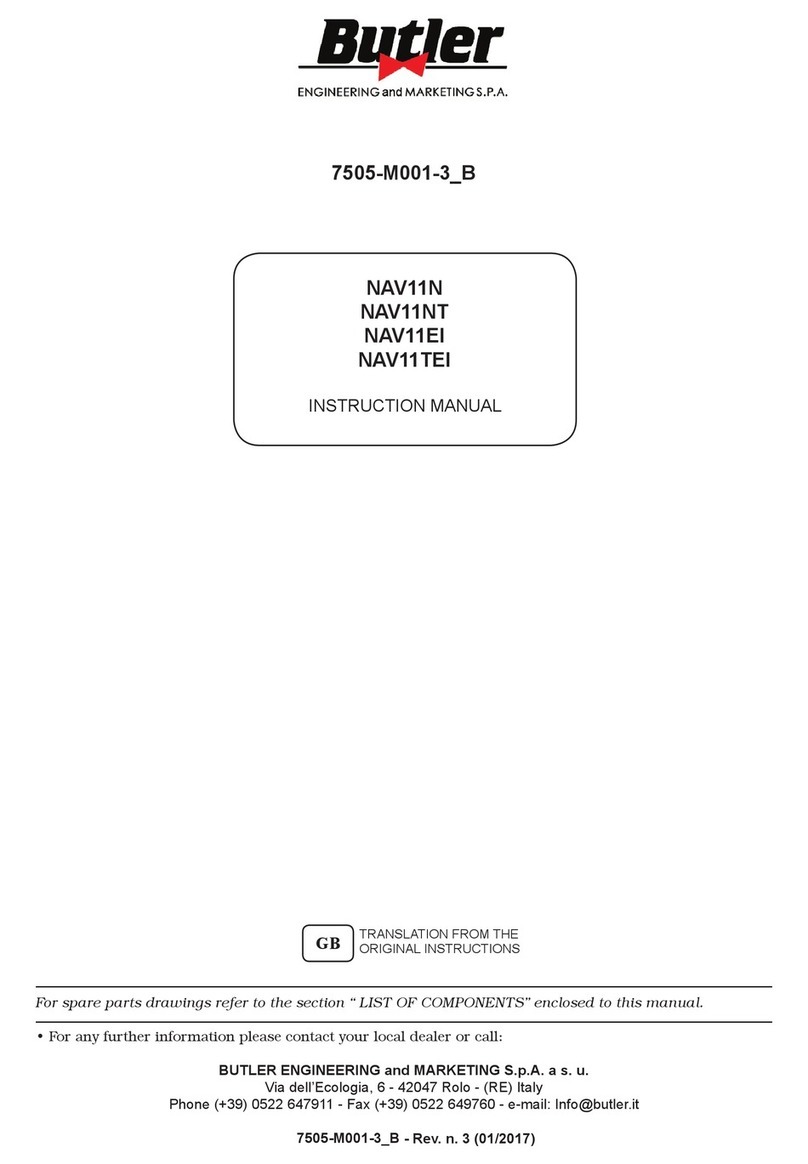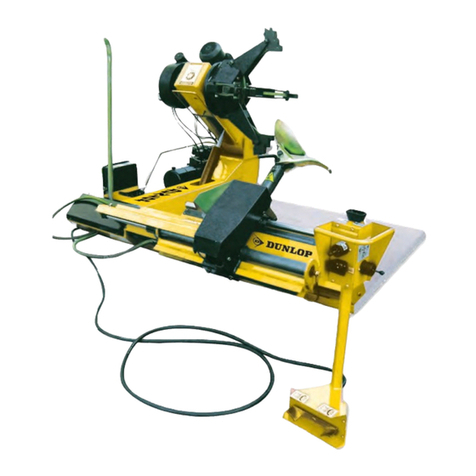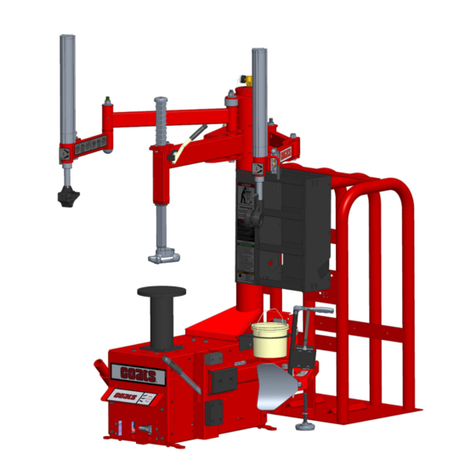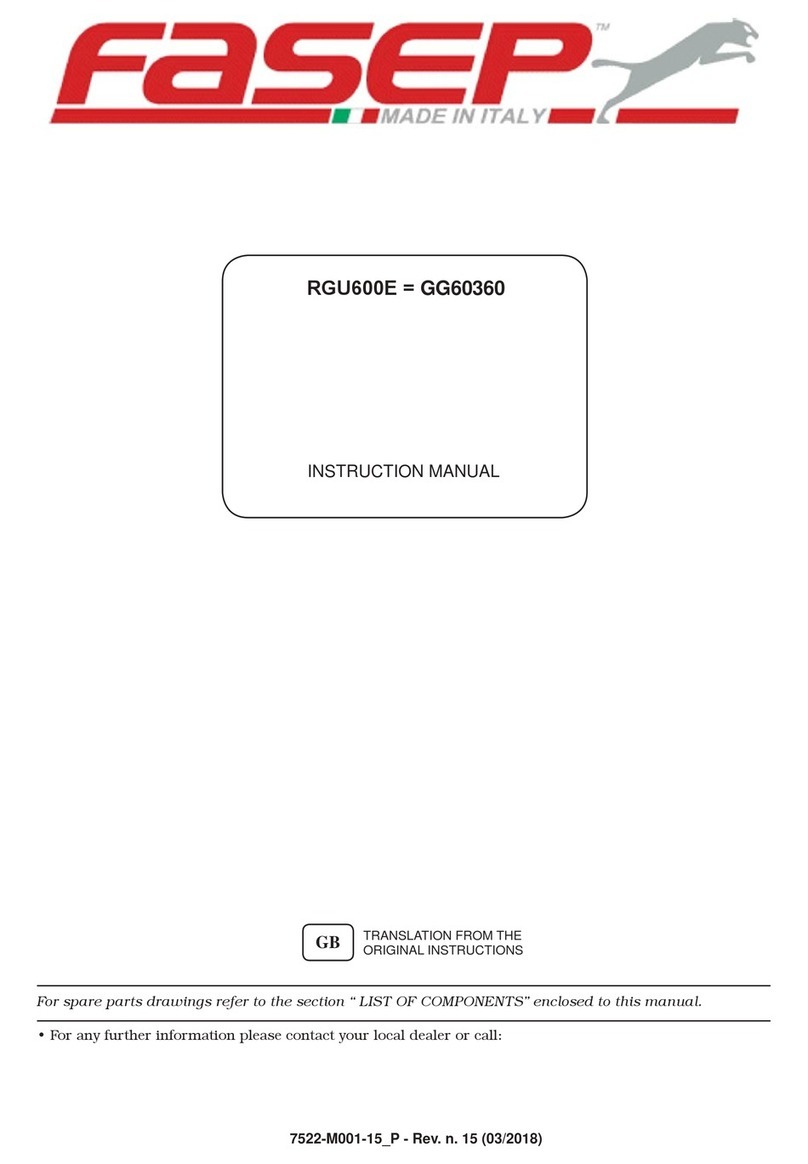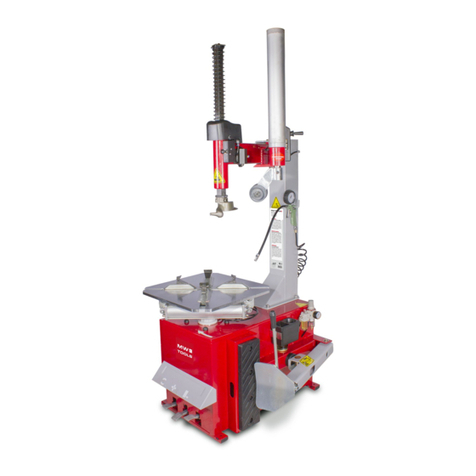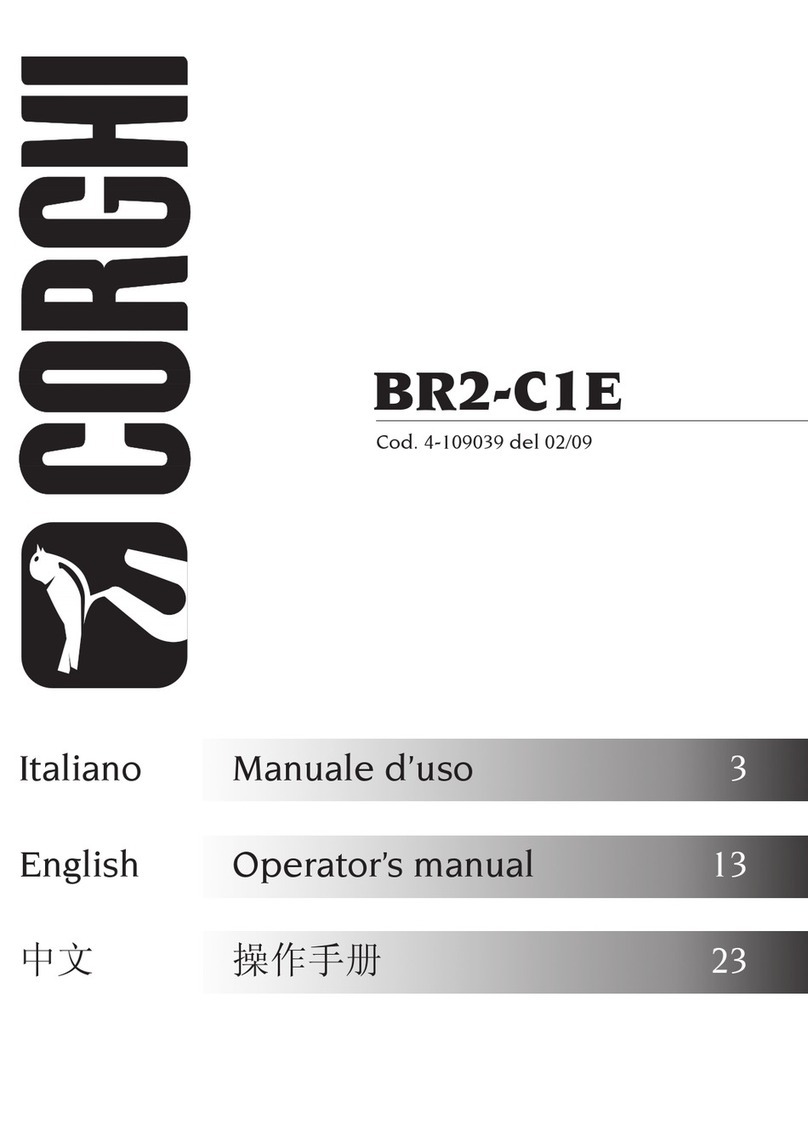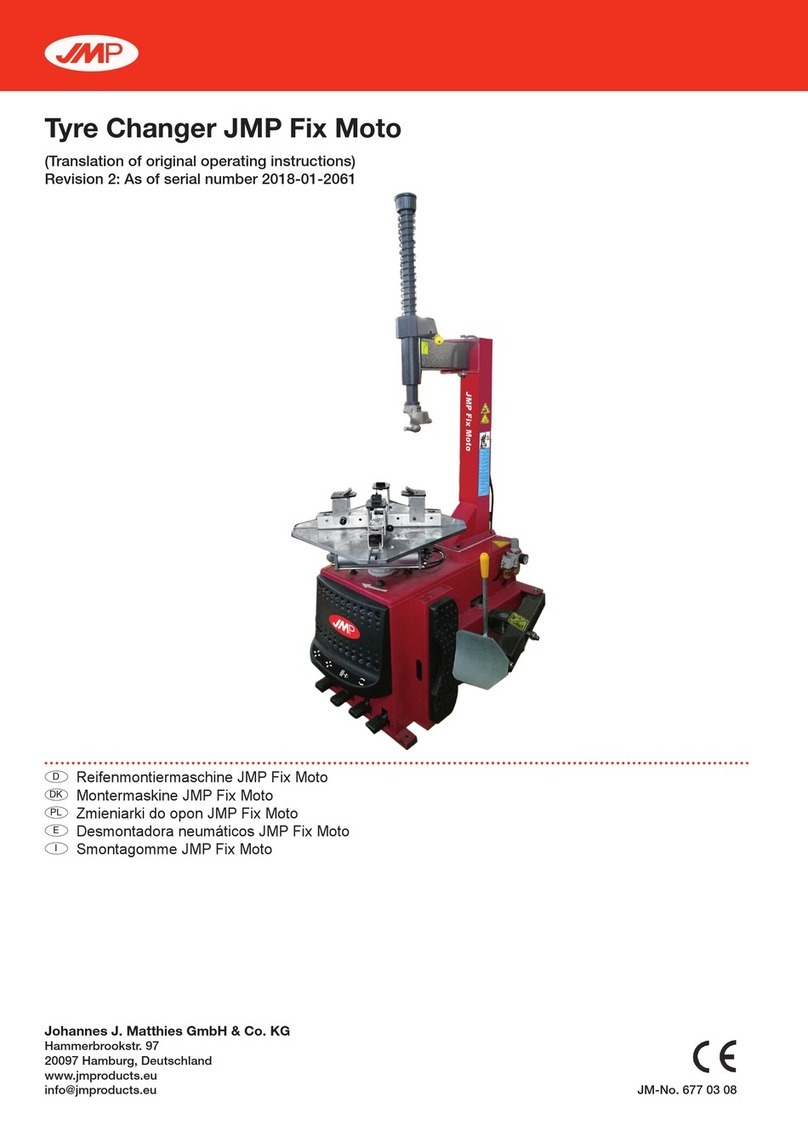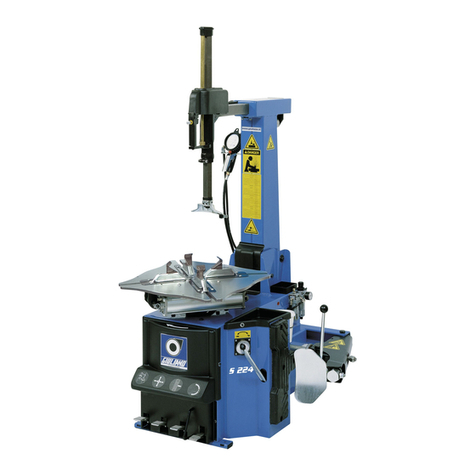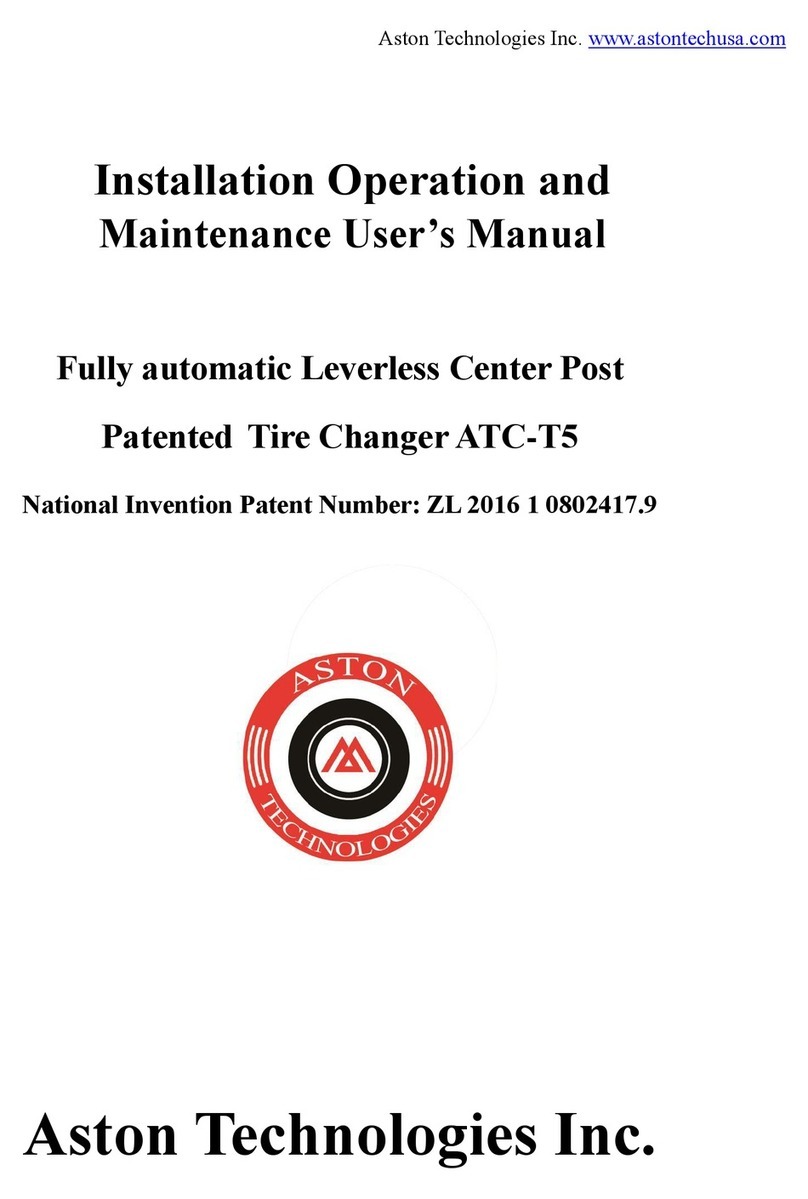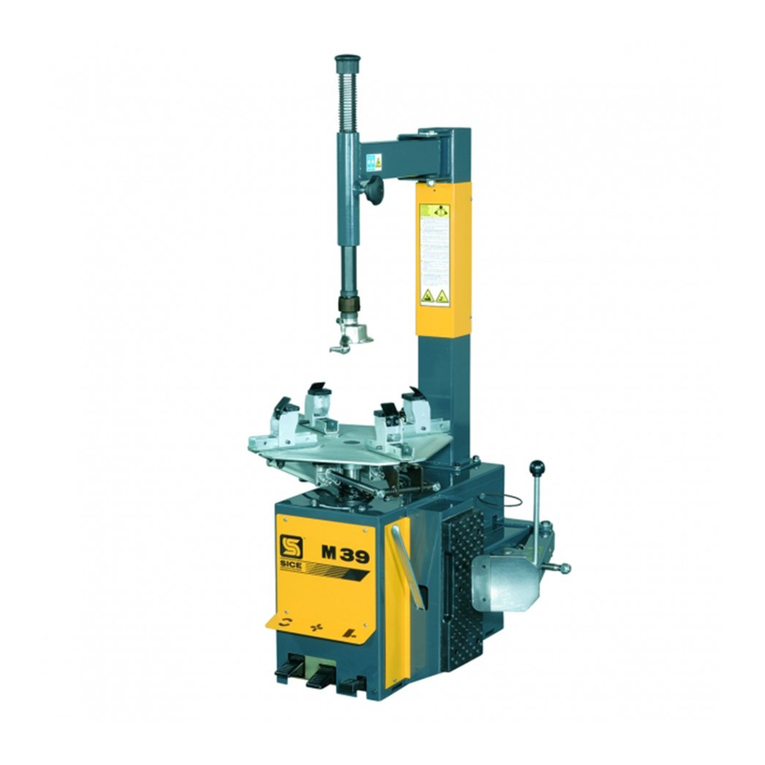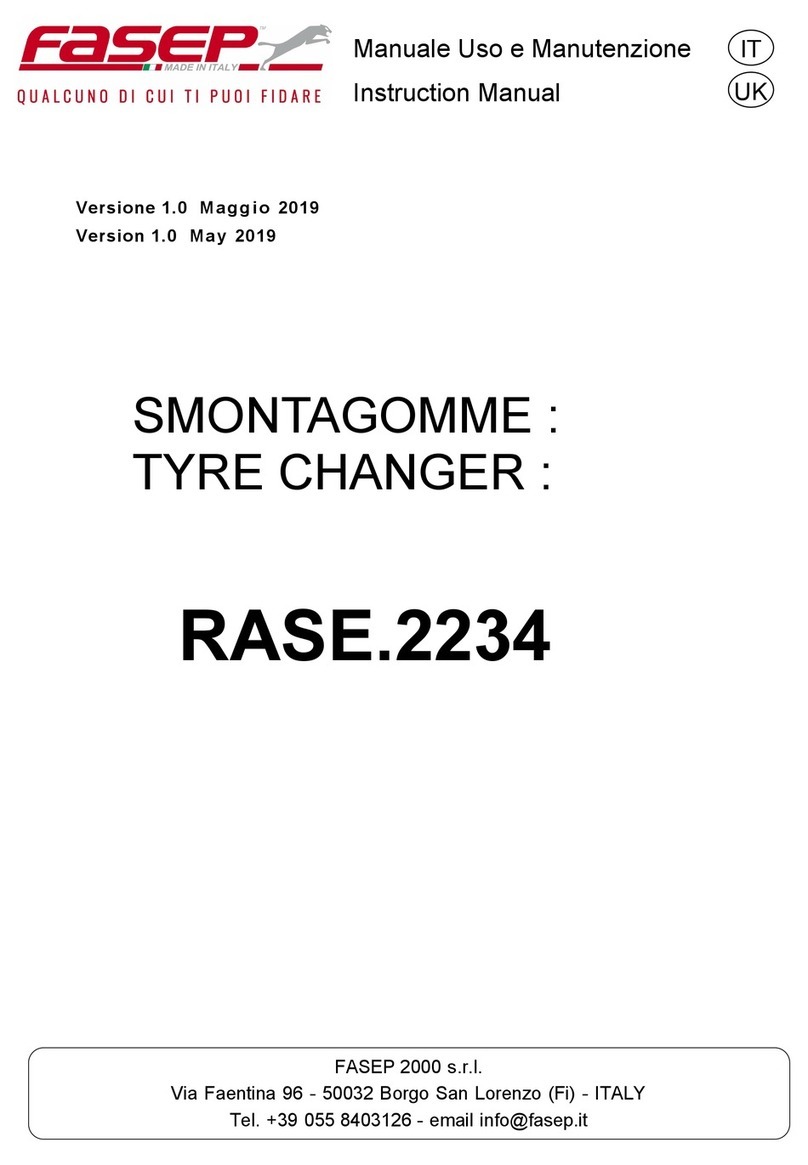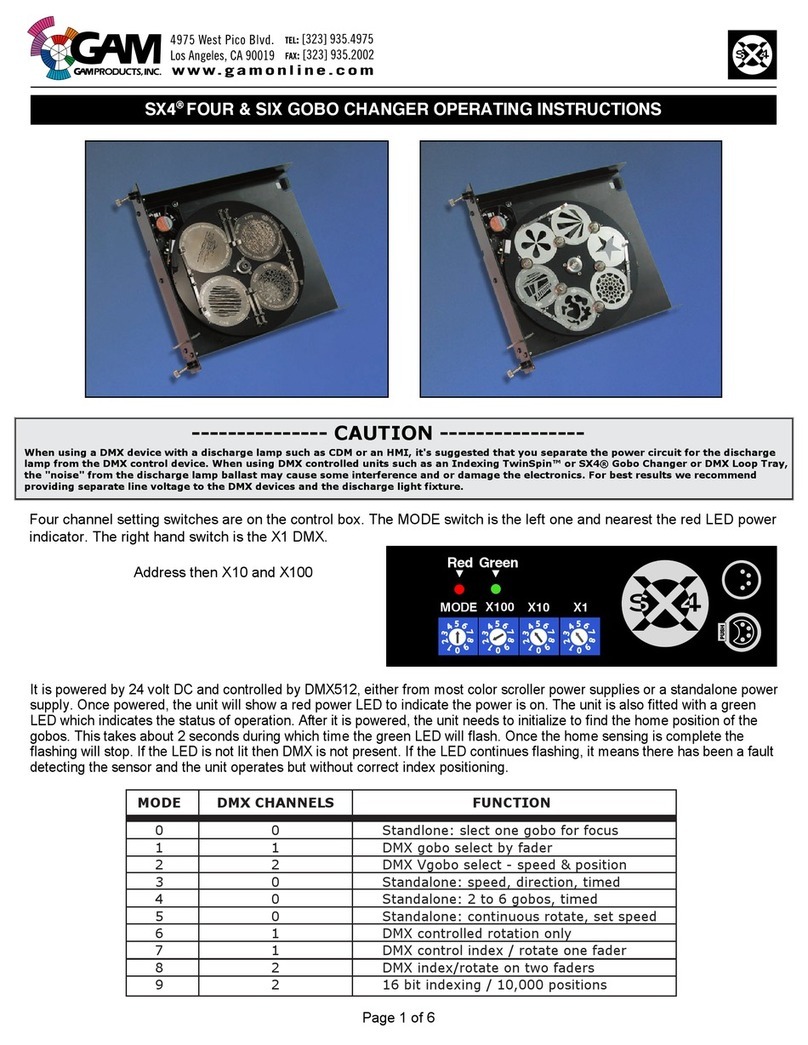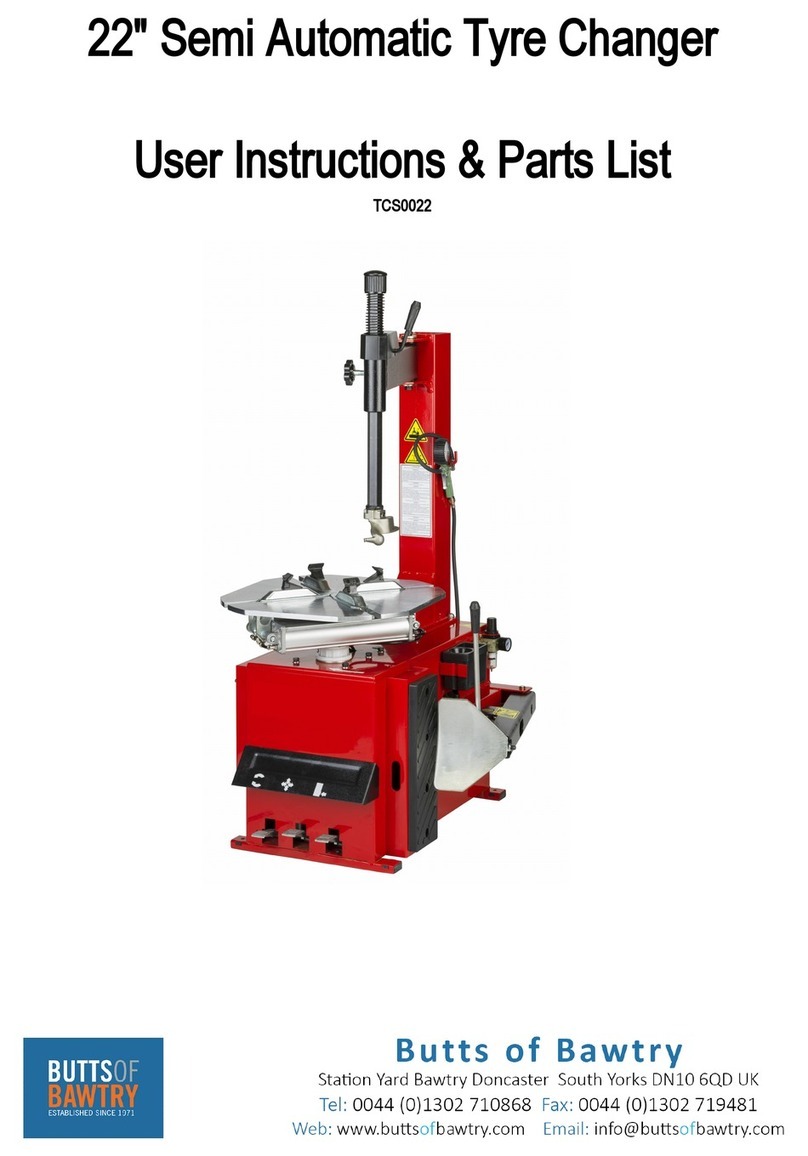- 3 -
5) STORE IDLE EQUIPMENT. When not in use, tools and equipments should be stored in
a dry location to inhibit rust. If the machine has to be stored for a long time, disconnect it
from all power sources.
6) DRESS SAFELY. Do not wear loose clothing or jewelry as they can become caught in
moving parts. Wear a protective hair covering to prevent long hair from becoming caught
in moving parts.
7) STAY ALERT. Watch what you are doing at all times. Use common sense. Do not use
this tool when you are tired or distracted from the job at hand.
8) CHECK FOR DAMAGED PARTS. Before operation, carefully check that this tool will
operate properly and perform its intended function. Check for damaged parts and any
other conditions that may affect the operation of this machine. Replace or repair
damaged or worn parts immediately.
9) REPLACEMENT PARTS AND ACCESSORIES. When servicing use only identical
replacement parts. Only use accessories intended for use with this machine. Approved
accessories are available from DISTRIBUTOR.
10)MAITAIN THE MACHINE WITH CARE. Keep the machine clean and dry for better and
safer performance.
11)MAINTENANCE. Service and maintenance should be performed regularly by qualified
technicians.
12)USE THE RIGHT PRODUCT FOR THE RIGHT JOB. There are certain applications for
which this product was designed. Do not use this product for a purpose for which it was
not intended.
13)THE HEIGHT OF THE SOCKET SHOULD BE POSITIONED AT A HEIGHT OF
0.6~1.7m.
14)THE PLUG/SOCKET SHOULD BE POSITIONED THAT IT CAN BE UNDER THE
IMMEDIATE SUPERVISION.
3.SPECIFIC PRODUCT WARNINGS AND PRECAUTIONS
1) BEFORE PERFORMING ANY SERVICES OR MAINTENANCE, ALWAYS
DISCONNECT THE MACHINE FROM ITS AIR SUPPLY SOURCE. PUMP THE BEAD
BREAKER PEDAL SEVERAL TIMES TO EVACUATE ALL COMPRESSED AIR FROM
THE MACHINE, AND DISCONNECT THE UNIT FROM ITS ELECTRICAL SUPPLY
SOURCE.
2) USE CLEAN, DRY, REGULATED COMPRESSED AIR AT UP TO 8 BAR (116 PSI). Do
not exceed the recommended maximum of 8bar.
3) If an automatic oilier is not used, add two drops of oil into the Quick Connector of the
Pressure Regulator.
4) DO NOT INFLATE A TIRE ABOVE OR BELOW THE AIR PRESSURE
RECOMMENDED BY THE TIRE MANUFACTURER.
5) ALWAYS DISPOSE OF OLD TIRES ACCORDING TO CORRELATED LAWS.
6) TO AVOID PERSONAL INJURY AND/DR MACHINE DAMAGE, ALWAYS MAKE SURE
THE TIRE RIM IS FIRMLY SECURED ON THE TIRE CHANGER WITH THE JAWS.
7) NEVER PLACE YOUR HANDS BETWEEN THE VEHICLE WHEEL RIM AND THE
JAWS DURING THE LOCKING/CLAMPING STAGE.
8) THE MACHINE MUST BE CONNECTED TO A POWER SUPPLY LINE CIRCUIT
BRACKET SET FOR 30mA.

